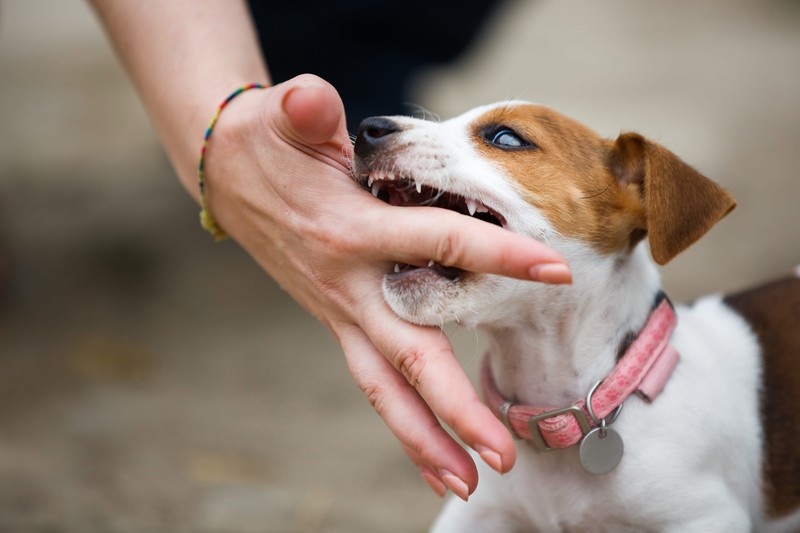Anyone who has watched two puppies play can attest that biting is an inherently canine behavior indicative of a variety of emotions, including fear, possessiveness, and pain. But via social play, pups learn to control their biting forces, a phenomenon called “bite inhibition.” Dogs, even older ones, may be taught not to bite with the proper education, ideally starting at a young age, along with socialization and other training efforts. Brain Training for Dogs Review understands that physically punishing a dog is not a part of this method of training.
Why Do Dogs Bite?
- When threatened, a dog may bite to protect itself, its territory, or a pack member. Mother dogs will also provide ferocious protection for their young.
- A dog may bite if it is startled, such as when it is woken up or when a child sneaks up on it from behind. A dog may bite if it is hurt in any way, even accidentally, such as when its hips are pushed on when it is sitting.
- Even in play, if you run away from a dog, it may become aggressive. At first, it could seem like part of the game, but even that might escalate into aggressiveness.
How to Stop Dog Bites
The responsibility of ensuring that their dog is well-trained and under control at all times lies squarely with the owner. Since you are the one who is responsible for your dog’s activities, you are the first line of defense against dog bites that should be taken. It would help if you did all in your power to stop your dog from biting, and the following tips may be of assistance to you in doing so:
When educating your dog, you should begin with the fundamentals. It is essential to continue the training that you have already given your dog throughout its whole life in order to guarantee that it will remember what it has learned.
Your veterinarian would advise you to start socializing your dog at an early age. Start doing this when they are still puppies and do it throughout their entire lives. As part of the process of socializing your pet, it is essential to provide opportunities for your dog to interact with people of a wide range of ages and abilities, from infants to senior citizens.
Discover how your dog interacts with you and how to detect the warning signs that might prevent a bite from occurring. It is critical that you maintain a close check on your dog whenever it is among other people so that you can identify any symptoms of aggression.
Conclusion
You should safeguard against such incidents in the future if you are allowed to keep your dog. Do everything you need to so your dog doesn’t bite again. If you take the necessary precautions, you should be able to avoid being bitten by a dog.
Related posts
Recent Posts
Advertisement


